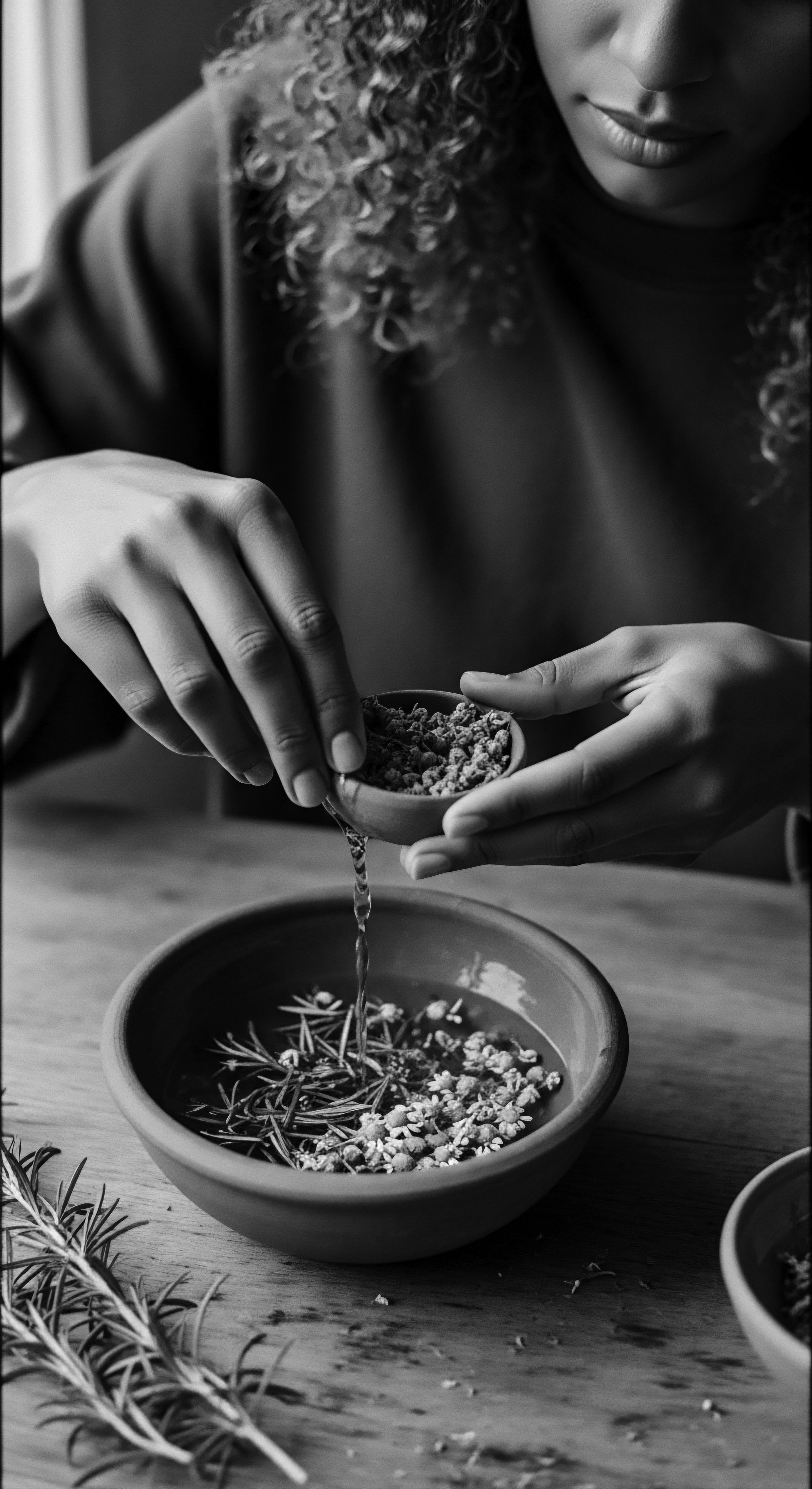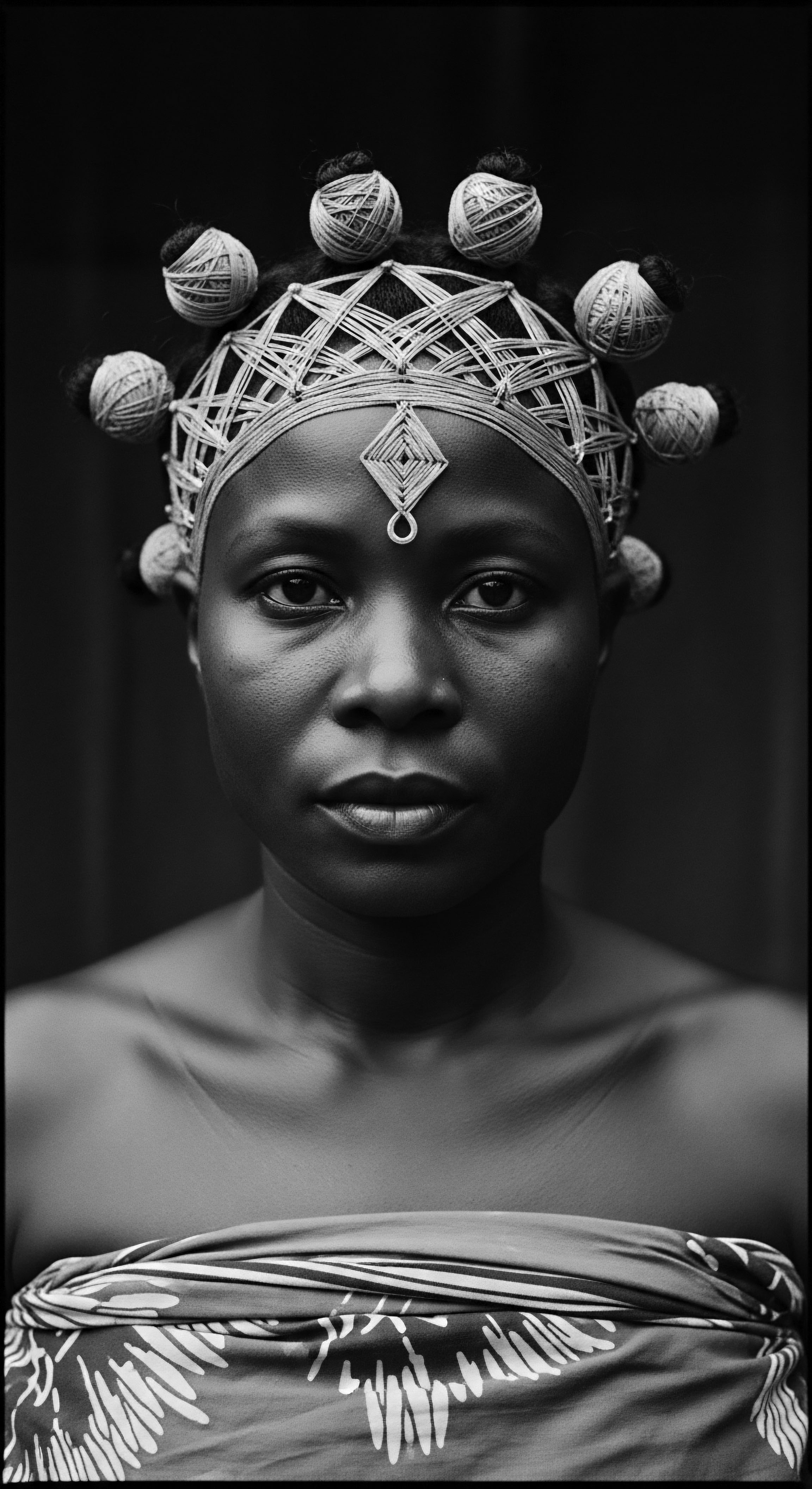
Can Rhassoul clay benefit different textured hair types?
Rhassoul clay benefits textured hair types by gently cleansing, detangling, and conditioning through its unique mineral composition, deeply rooted in North African ancestral beauty traditions.
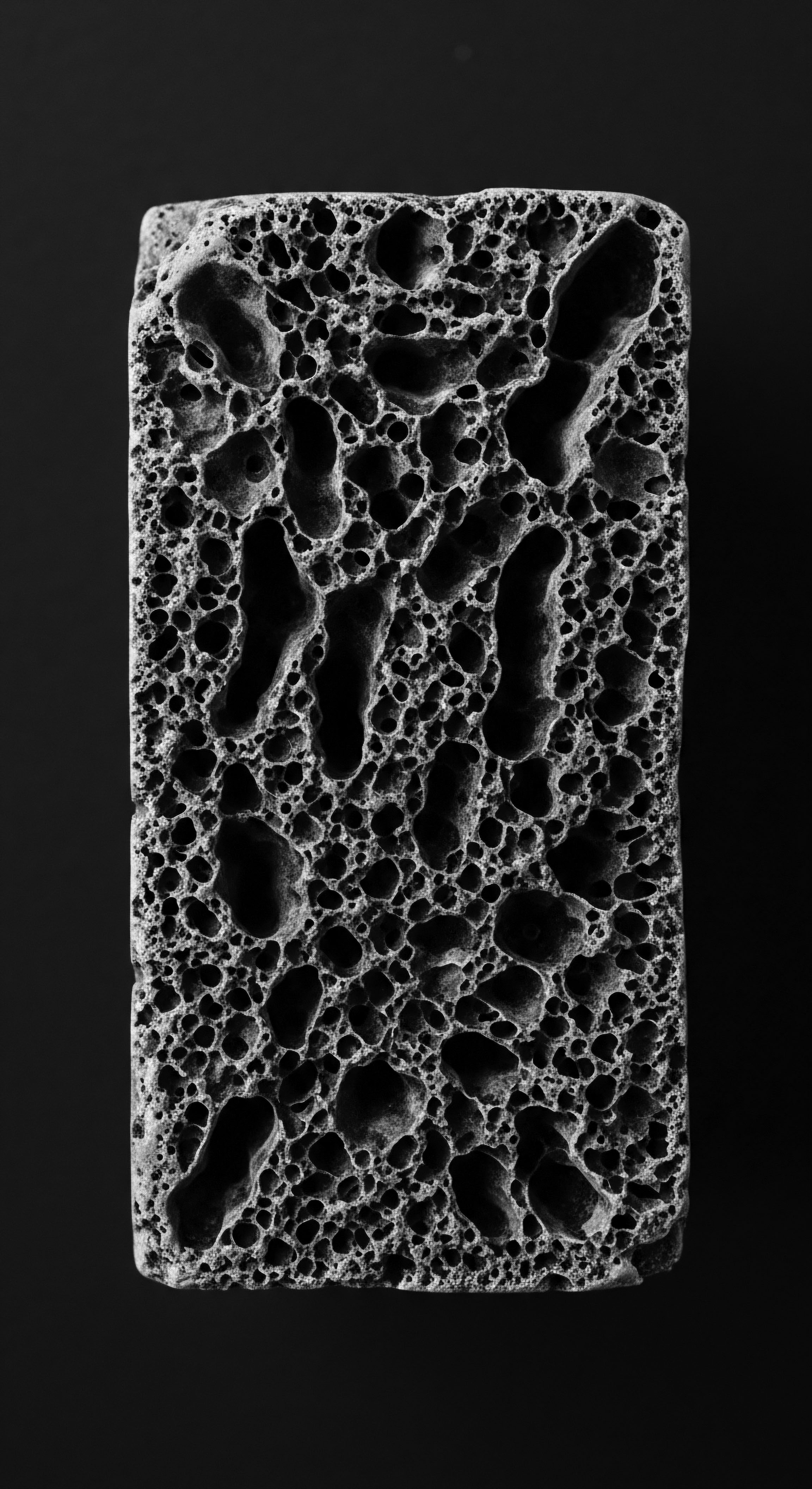
Can modern science explain traditional hair care wisdom from our heritage?
Modern science frequently provides evidence and detailed explanations that confirm the efficacy of traditional textured hair care wisdom, validating centuries of heritage practices.
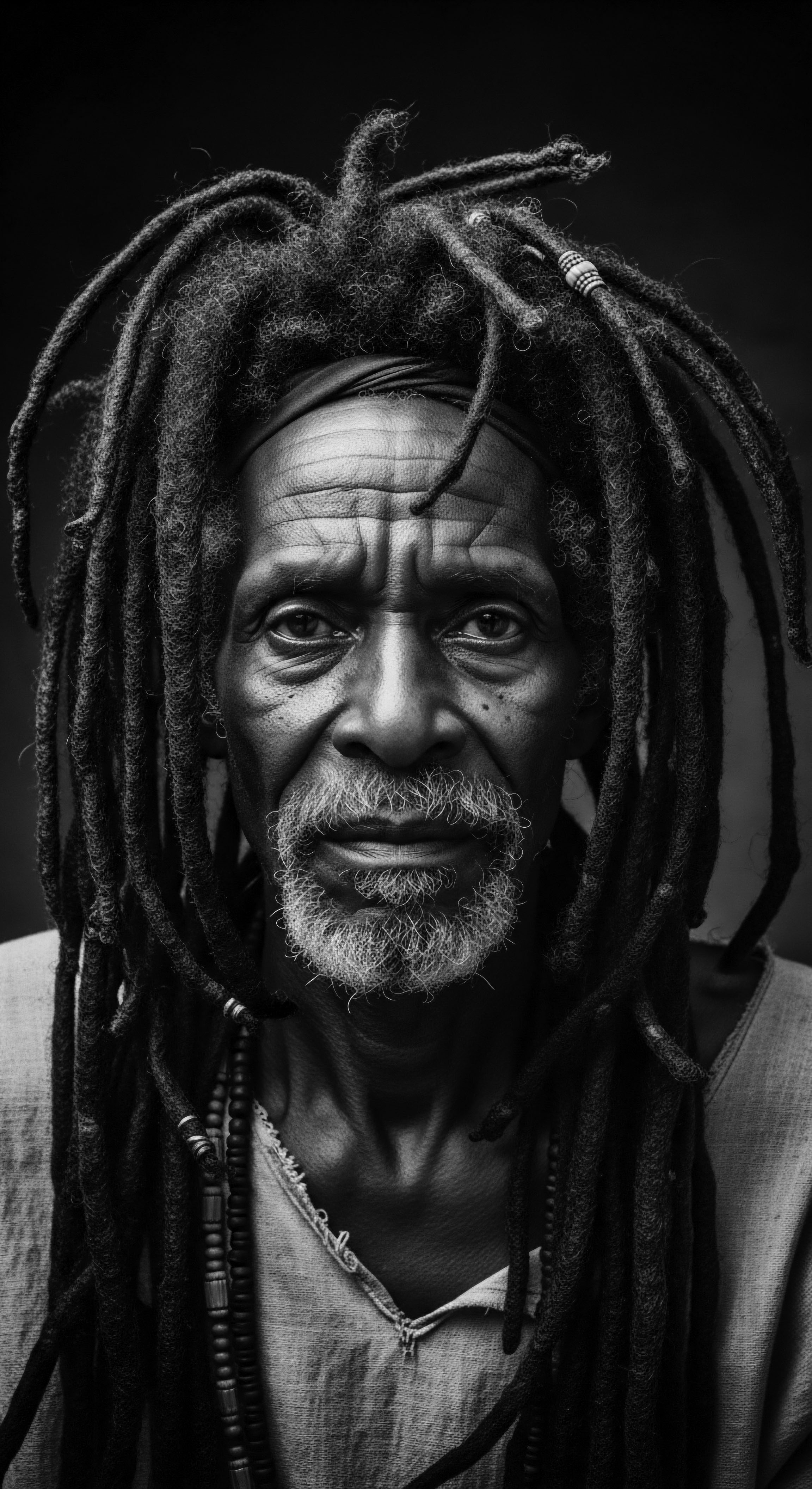
Oily Scalp
Meaning ❉ An oily scalp occurs when sebaceous glands produce excess sebum, a natural oil, a condition interpreted differently across textured hair heritage.
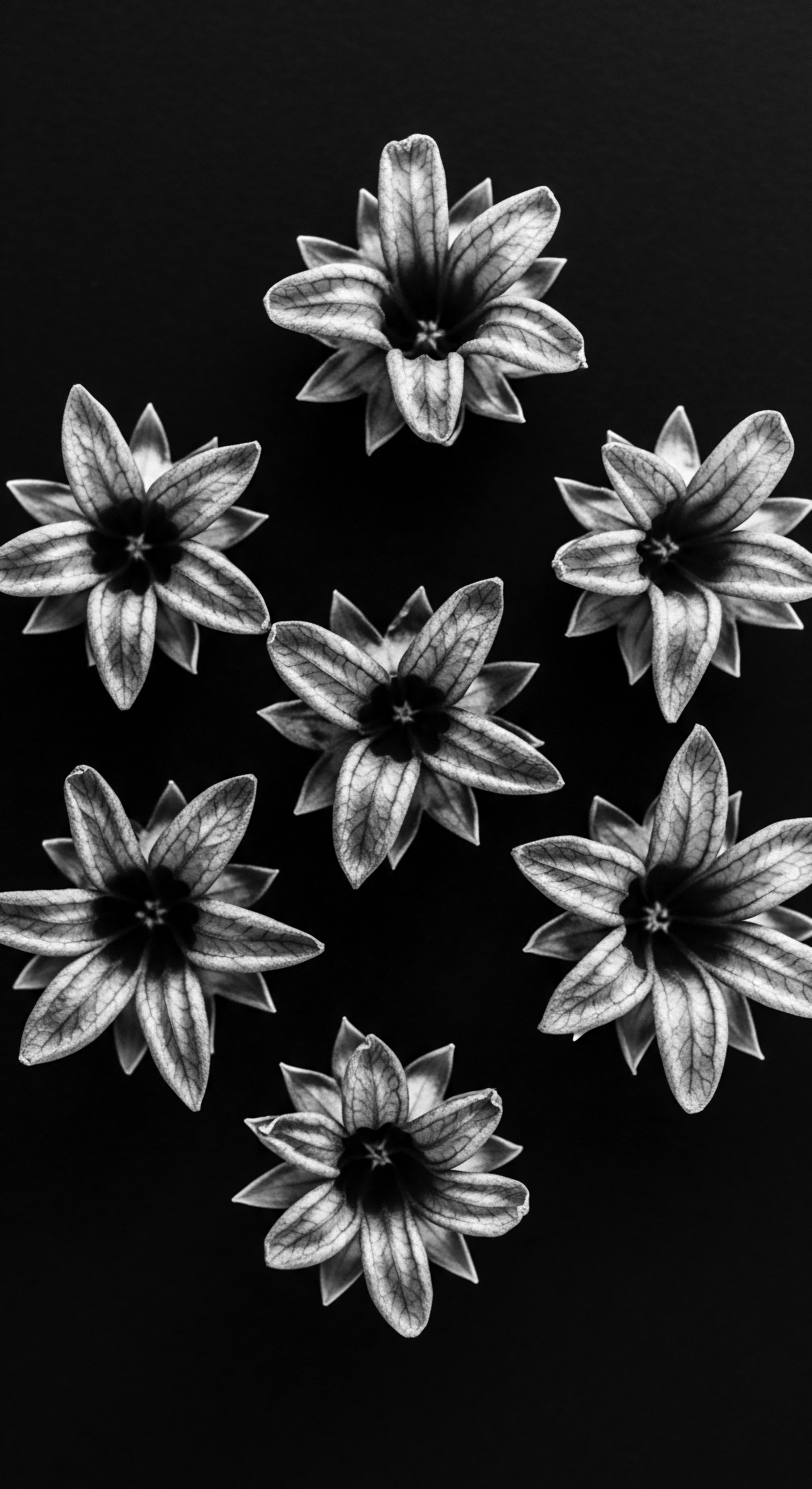
Can traditional African cleansing methods truly prevent textured hair dryness?
Traditional African cleansing methods, rooted in ancestral wisdom and natural ingredients, effectively prevent textured hair dryness by prioritizing gentle care and moisture preservation.
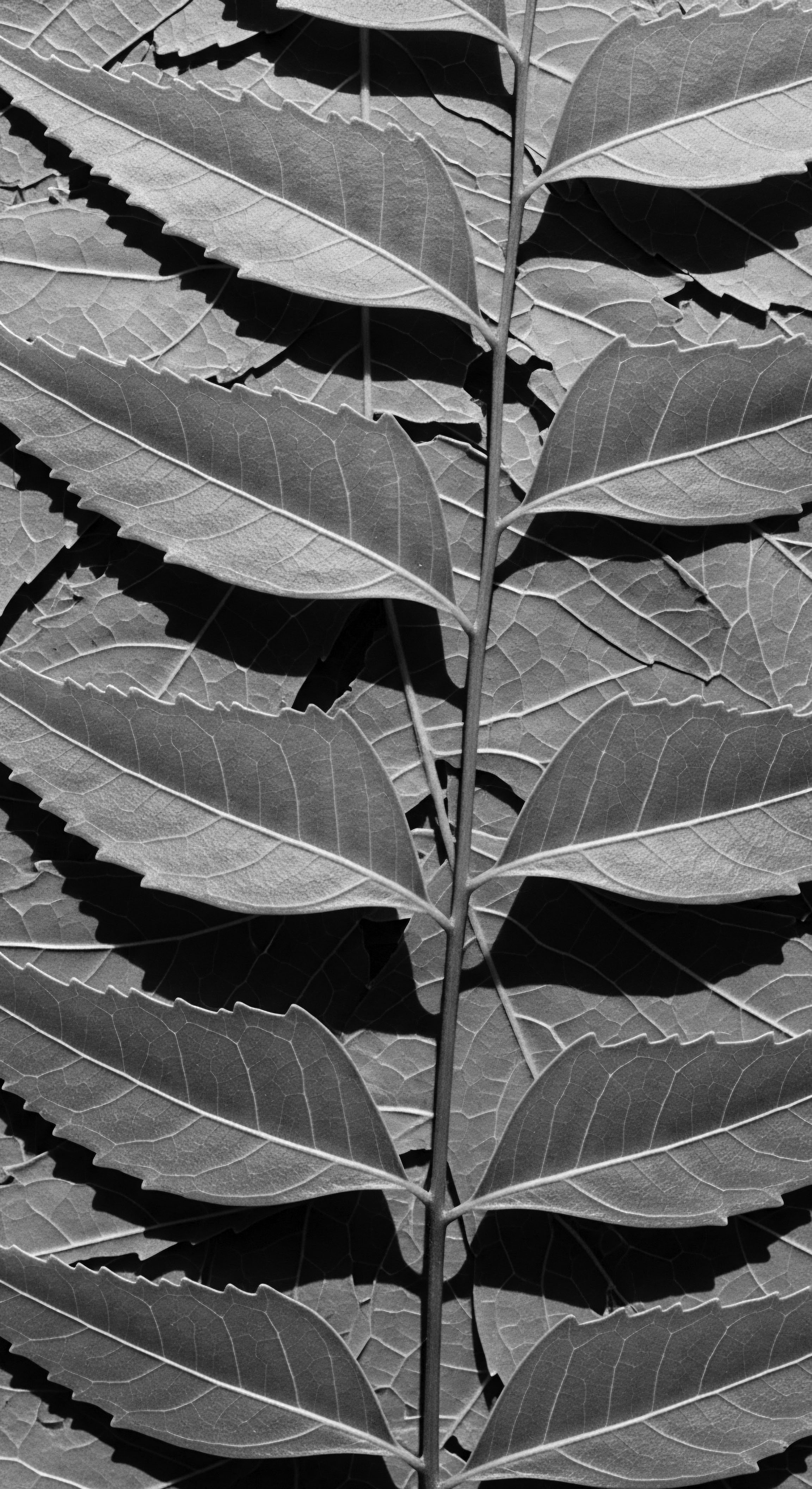
Can ancient wellness beliefs inform modern textured hair routines?
Ancient wellness beliefs offer modern textured hair routines a heritage-rich foundation of holistic care and potent natural ingredients.
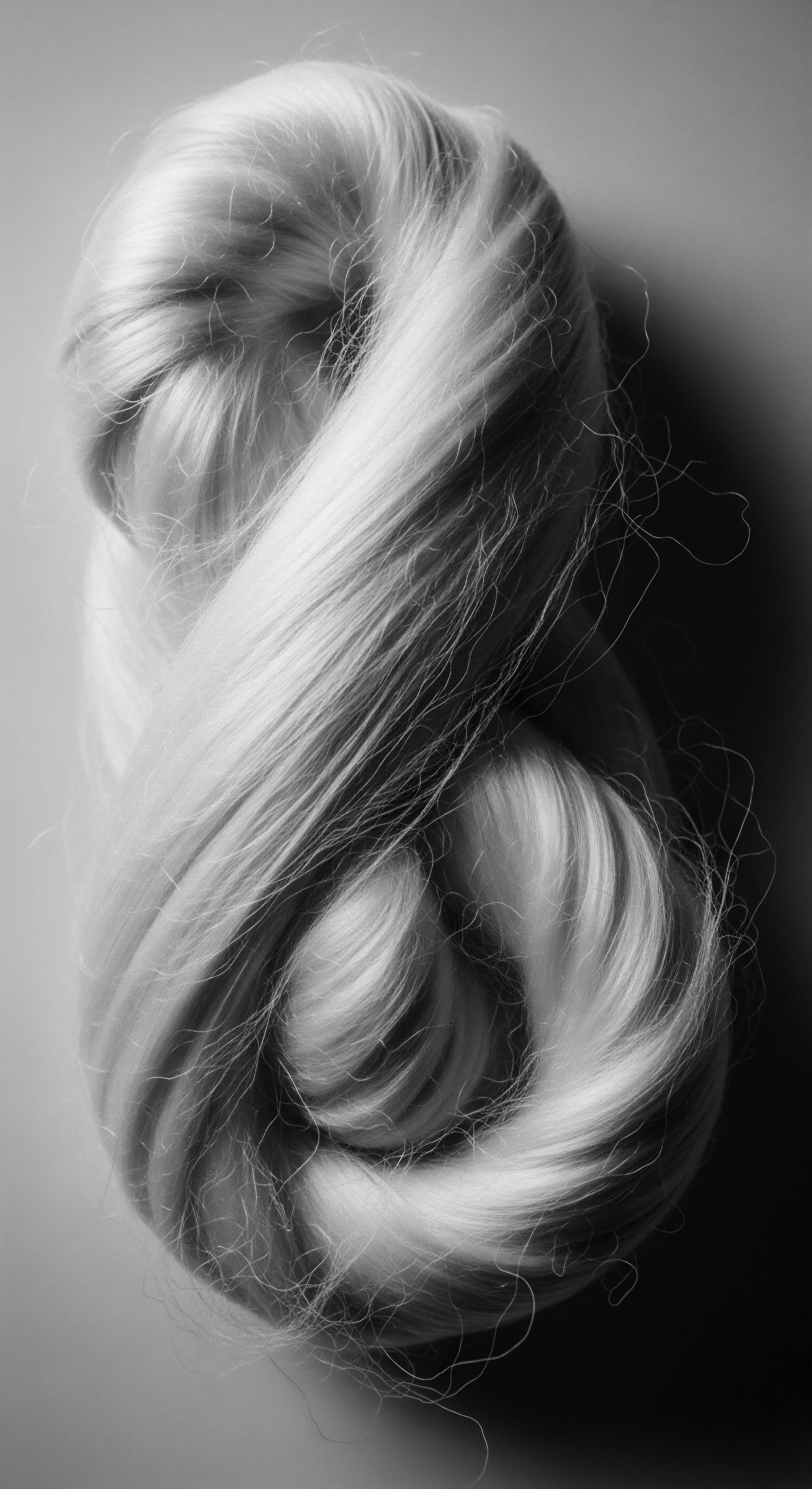
Can textured hair heritage be seen in ancient artifacts?
Yes, ancient artifacts like Egyptian carvings and Nok sculptures reveal complex textured hair styles and care tools.

Can ancient hair care practices inform modern hair health for textured strands?
Ancient hair care practices offer crucial wisdom, rooted in textured hair heritage, guiding modern health through natural ingredients and protective methods.
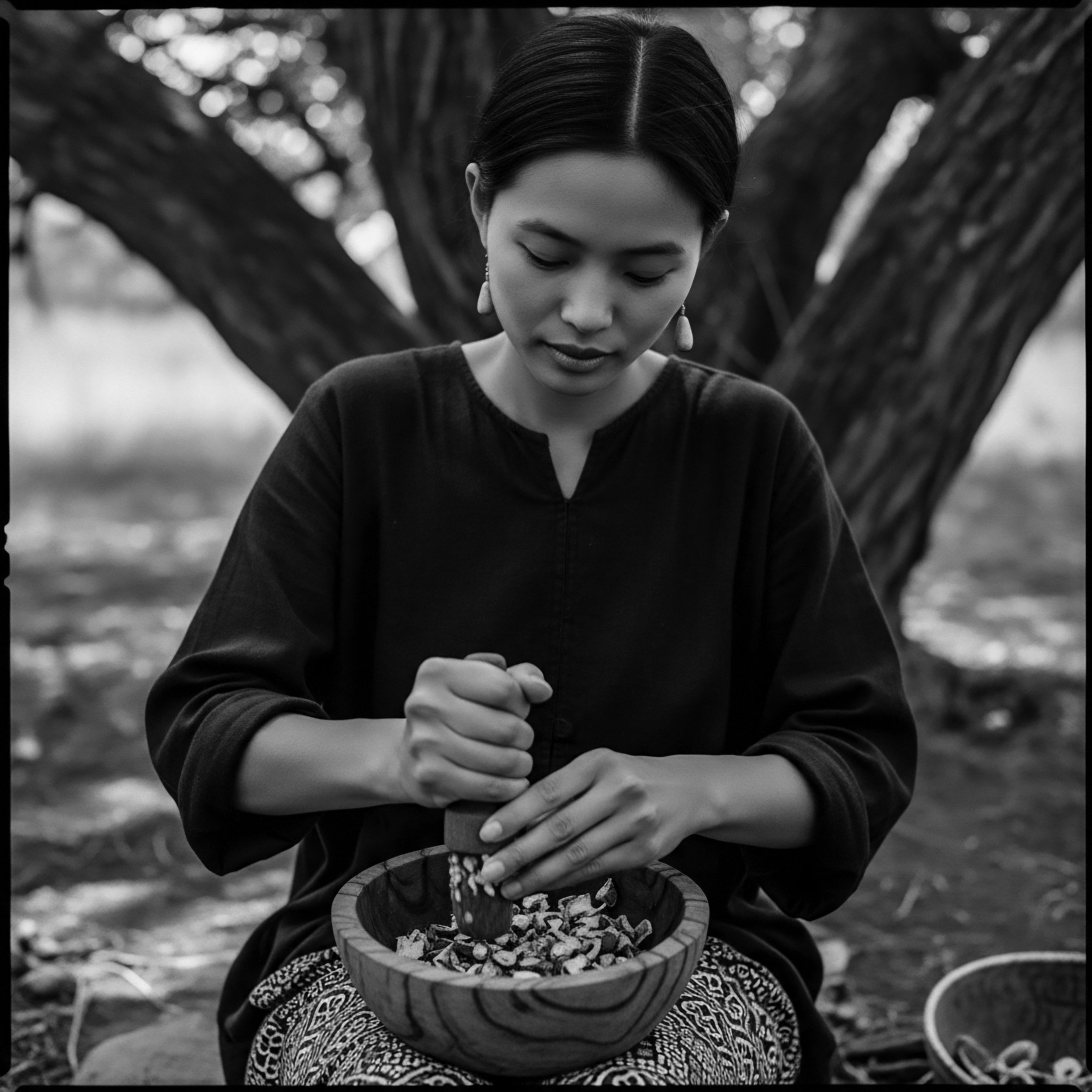
Why does textured hair need specific care?
Textured hair requires specific care due to its unique physical structure, moisture-prone nature, and rich cultural heritage.
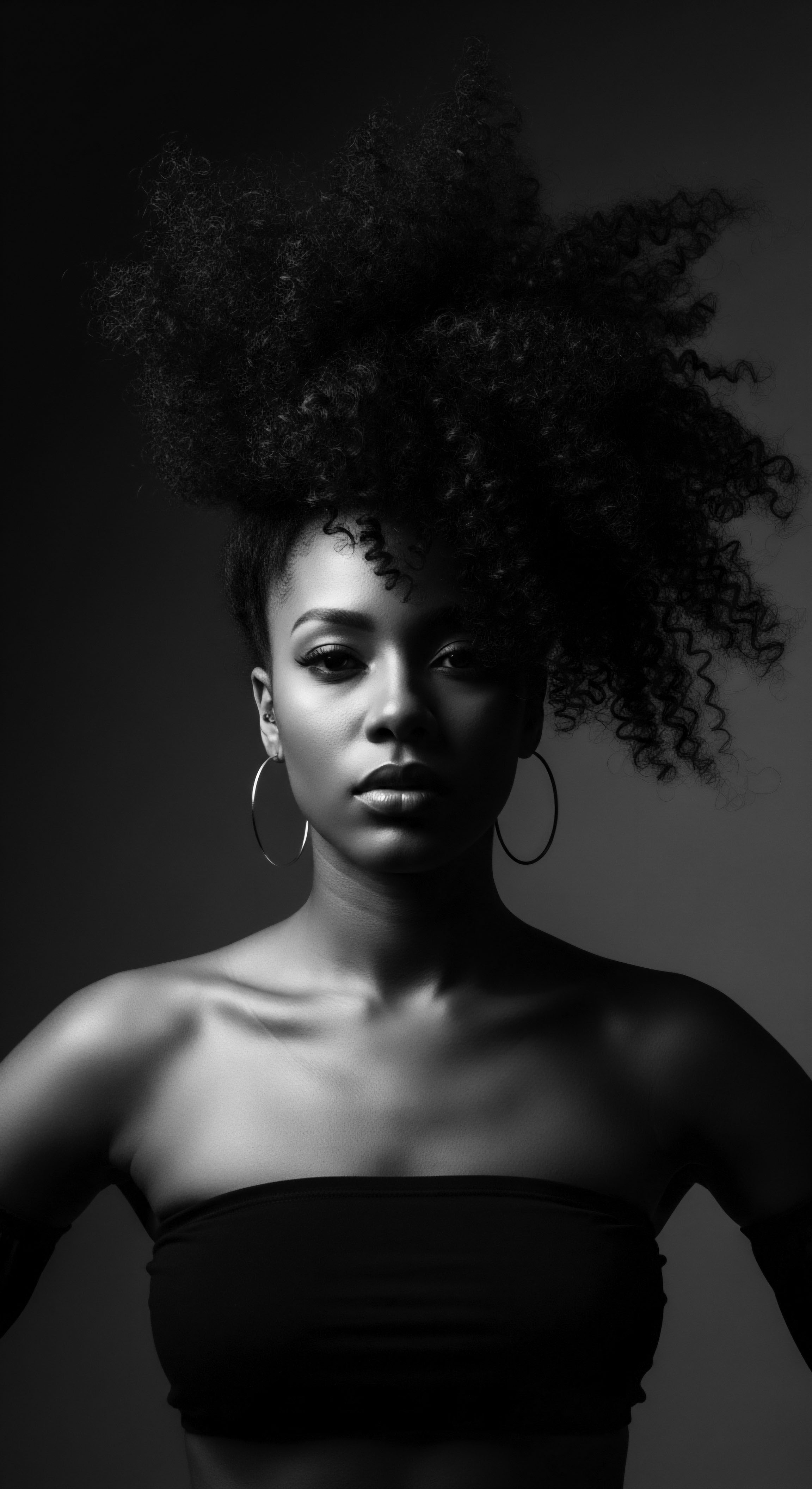
Nutmeg Hair
Meaning ❉ Nutmeg Hair defines a resilient, tightly coiled texture, often with warm undertones, signifying ancestral strength and cultural identity.
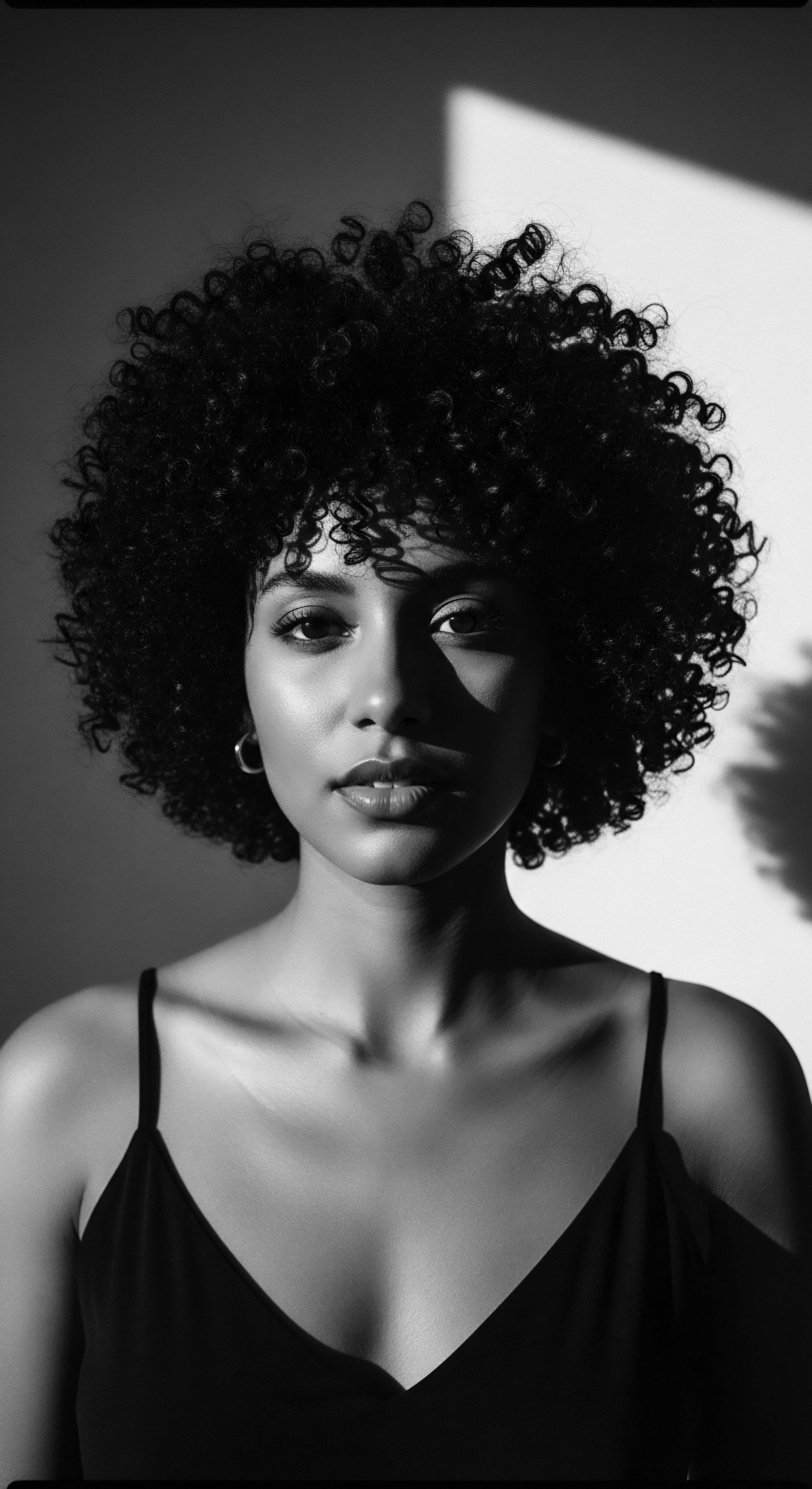
What traditional ingredients aid overnight moisture preservation for kinky hair?
Ancestral practices for kinky hair hydration involve oils and butters and protective coverings, all deeply rooted in heritage.
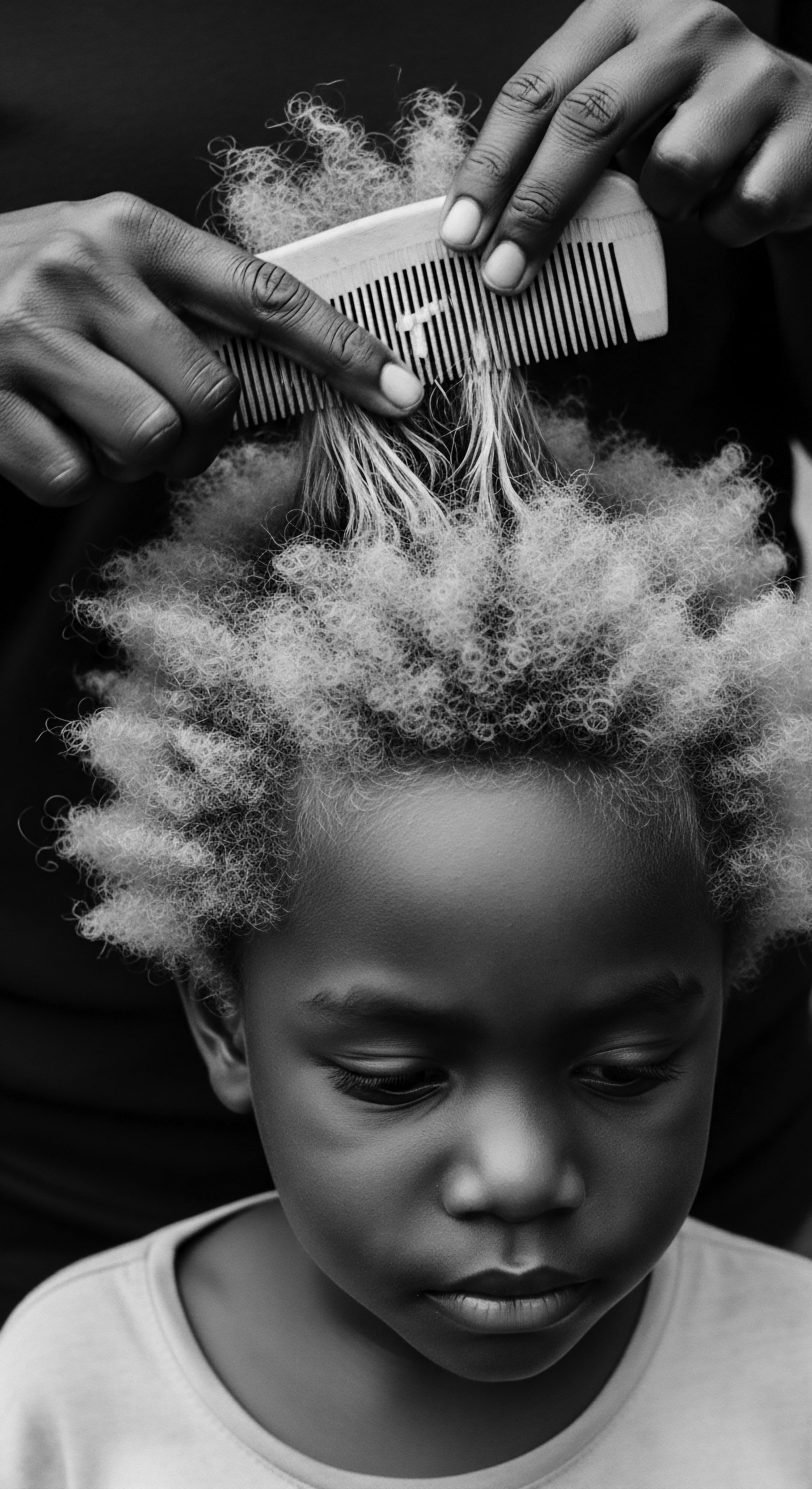
What is the science behind traditional protective styles?
Traditional protective styles offer a scientific shield for textured hair, rooted in deep ancestral practices that honor unique hair biology.
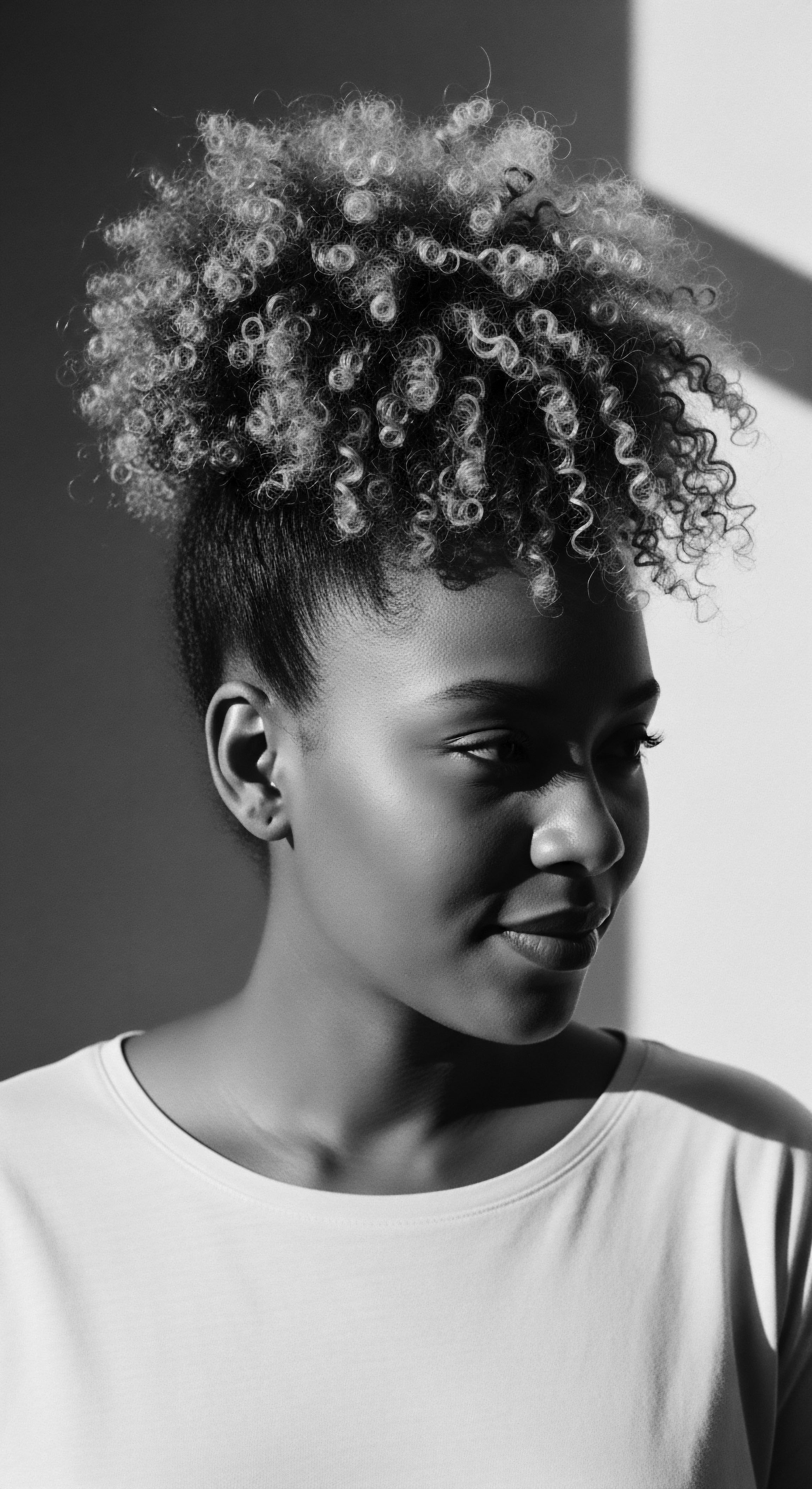
What traditional ingredients benefit textured hair in hammam?
Traditional hammam ingredients, rooted in heritage, deeply cleanse and nourish textured hair, preserving ancestral care practices.
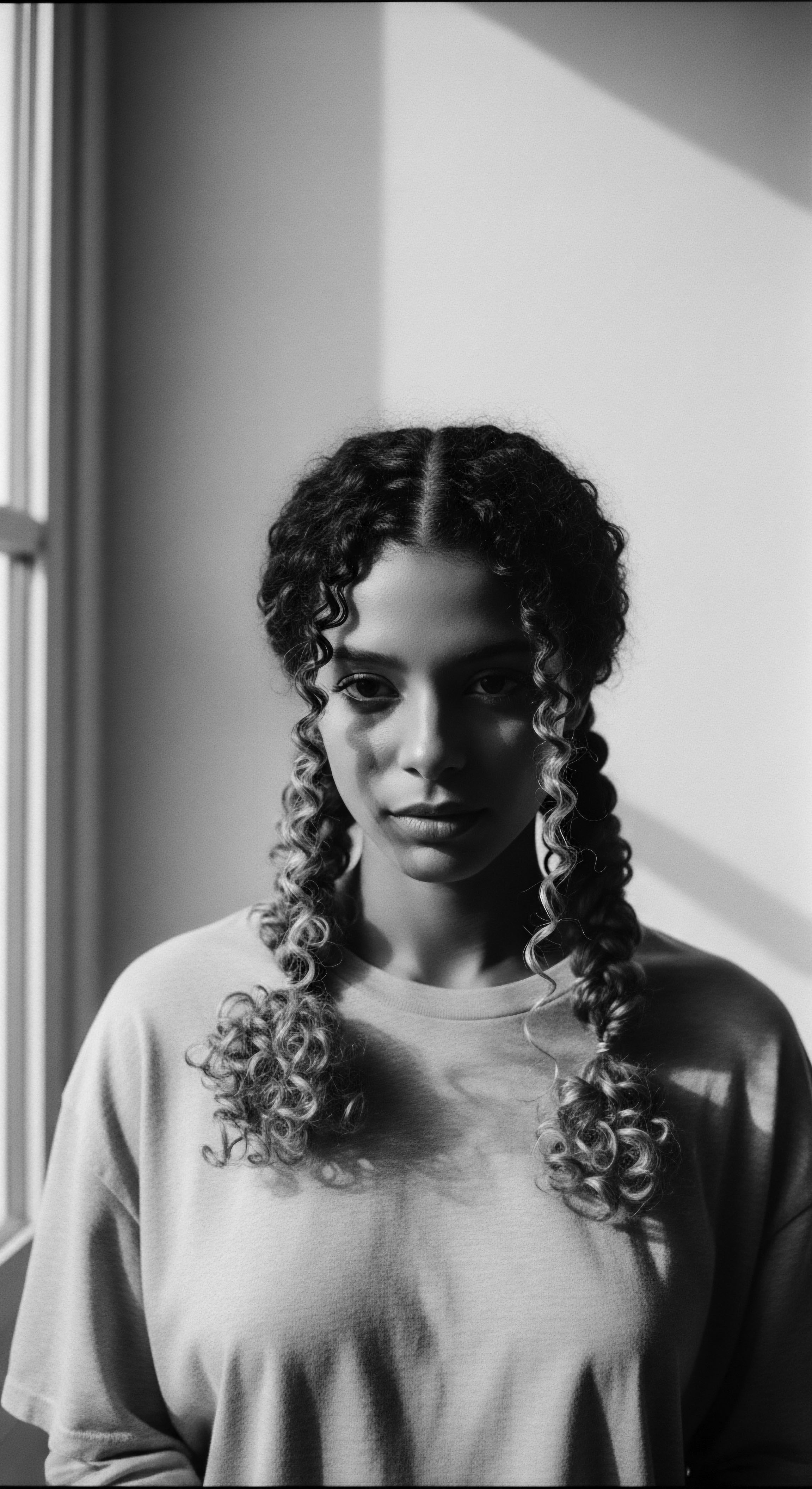
What biological features define textured hair?
Textured hair is defined by elliptical or curved follicles producing coiled or wavy strands, a biological feature deeply connected to Black and mixed-race heritage and care practices.
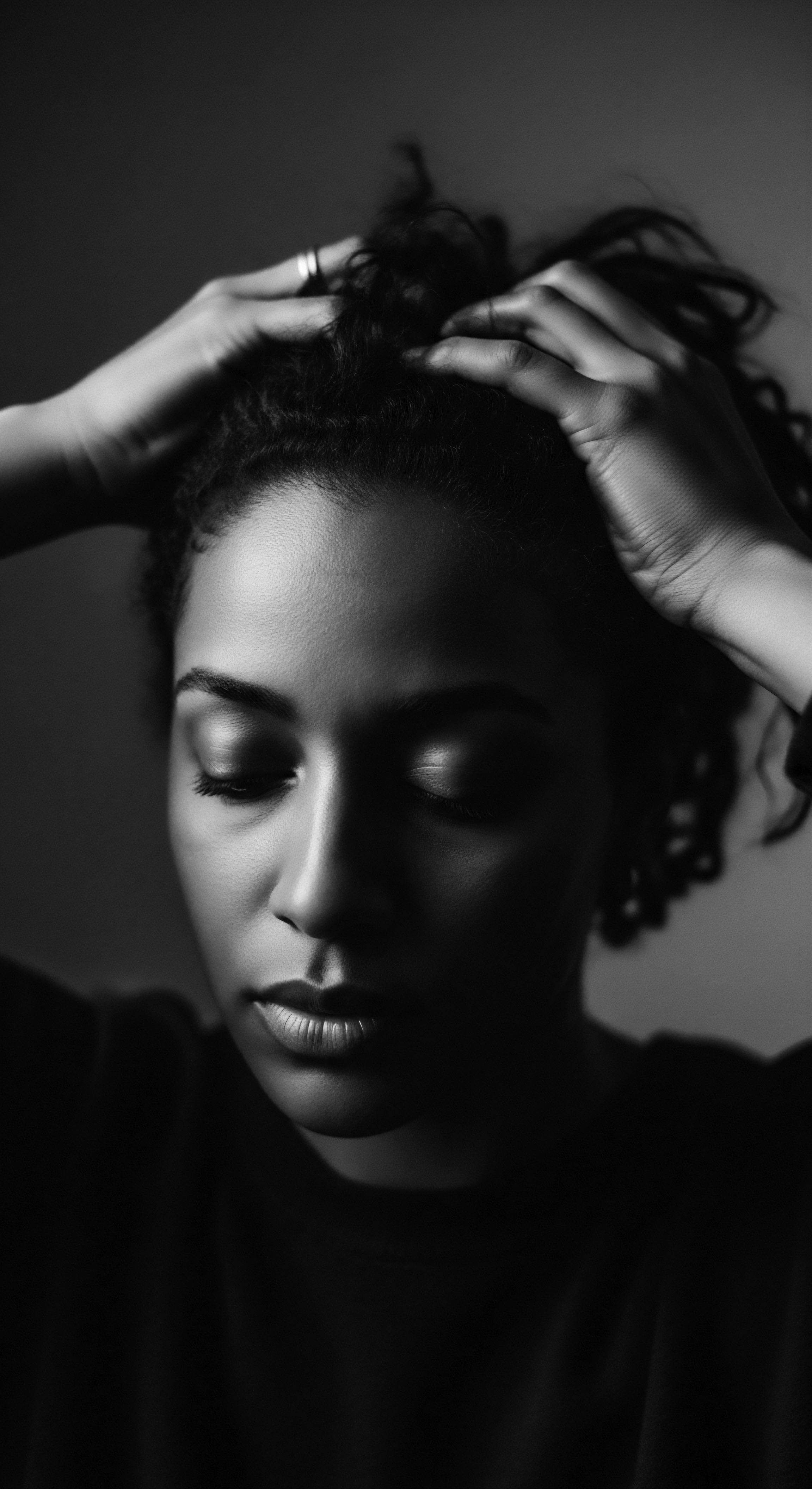
Kinky Hair Care
Meaning ❉ Kinky Hair Care is a holistic approach to nurturing highly coiled hair, rooted in ancestral wisdom and honoring its unique biological and cultural significance.
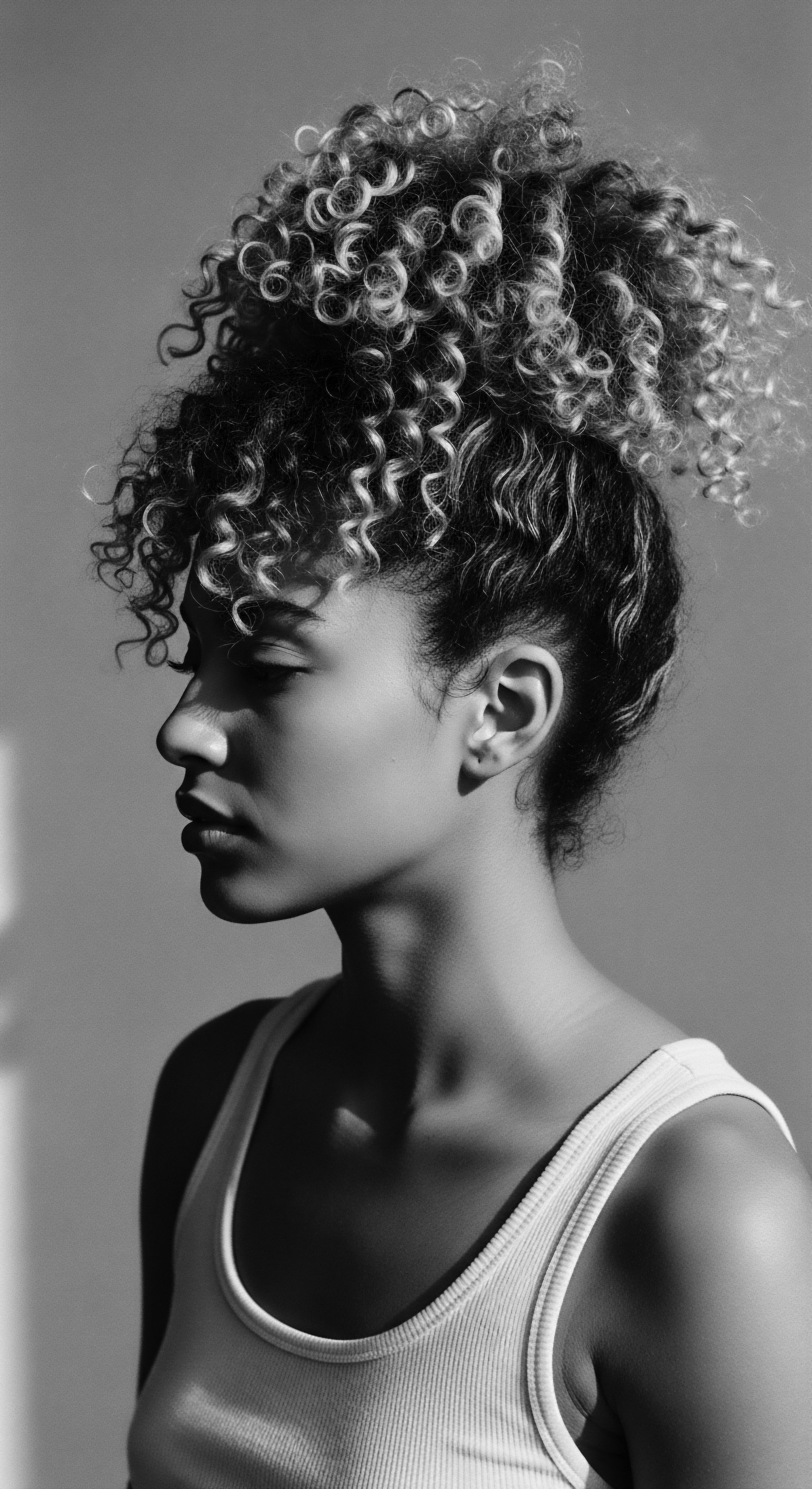
Kinky Hair Heritage
Meaning ❉ Kinky Hair Heritage defines the profound cultural, historical, and biological legacy of highly textured hair, a testament to resilience and identity across generations.
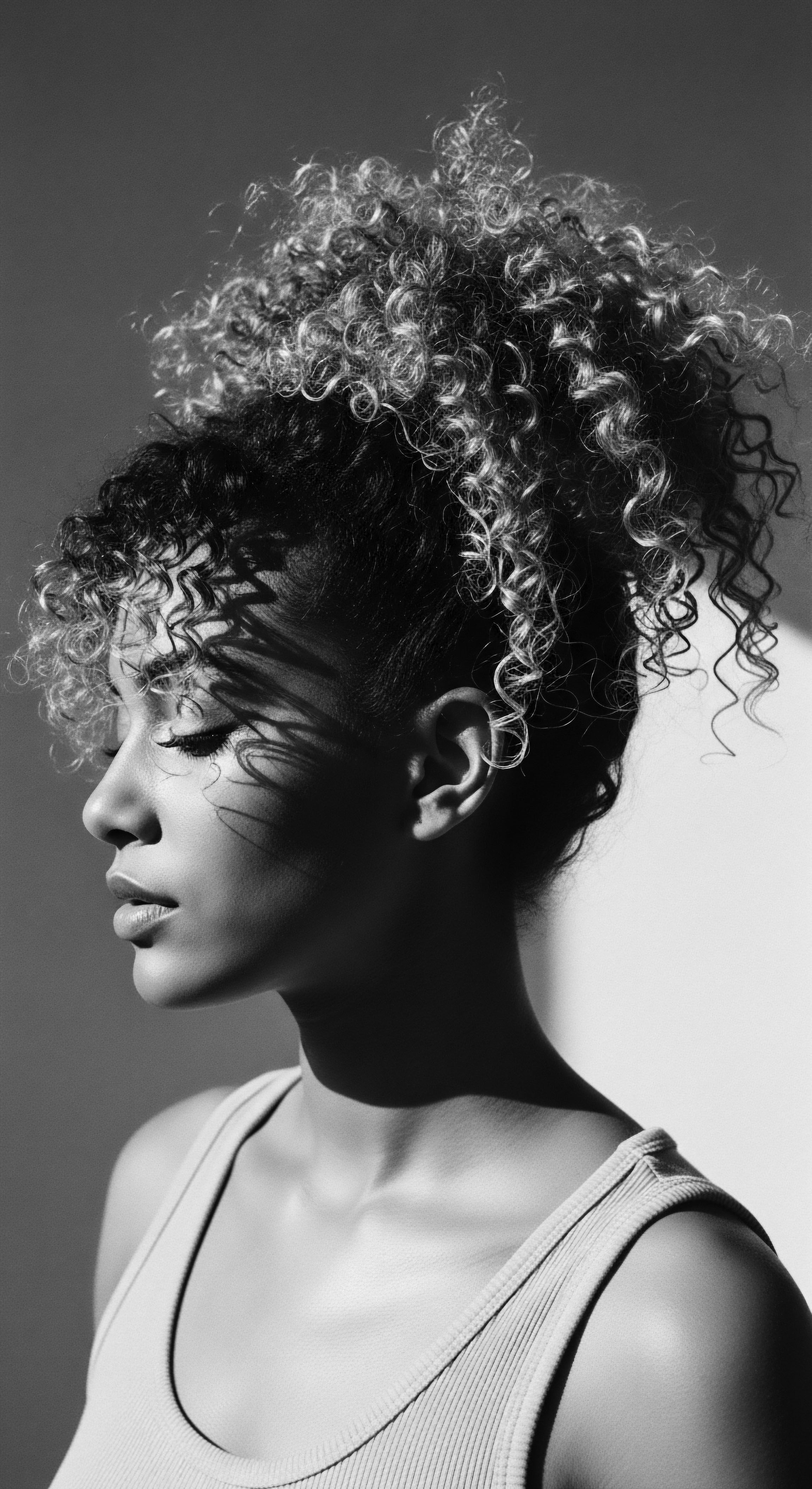
Why do protective styles matter for textured hair?
Protective styles shield textured hair from damage, promote length retention, and honor ancestral traditions, serving as a powerful expression of cultural heritage.
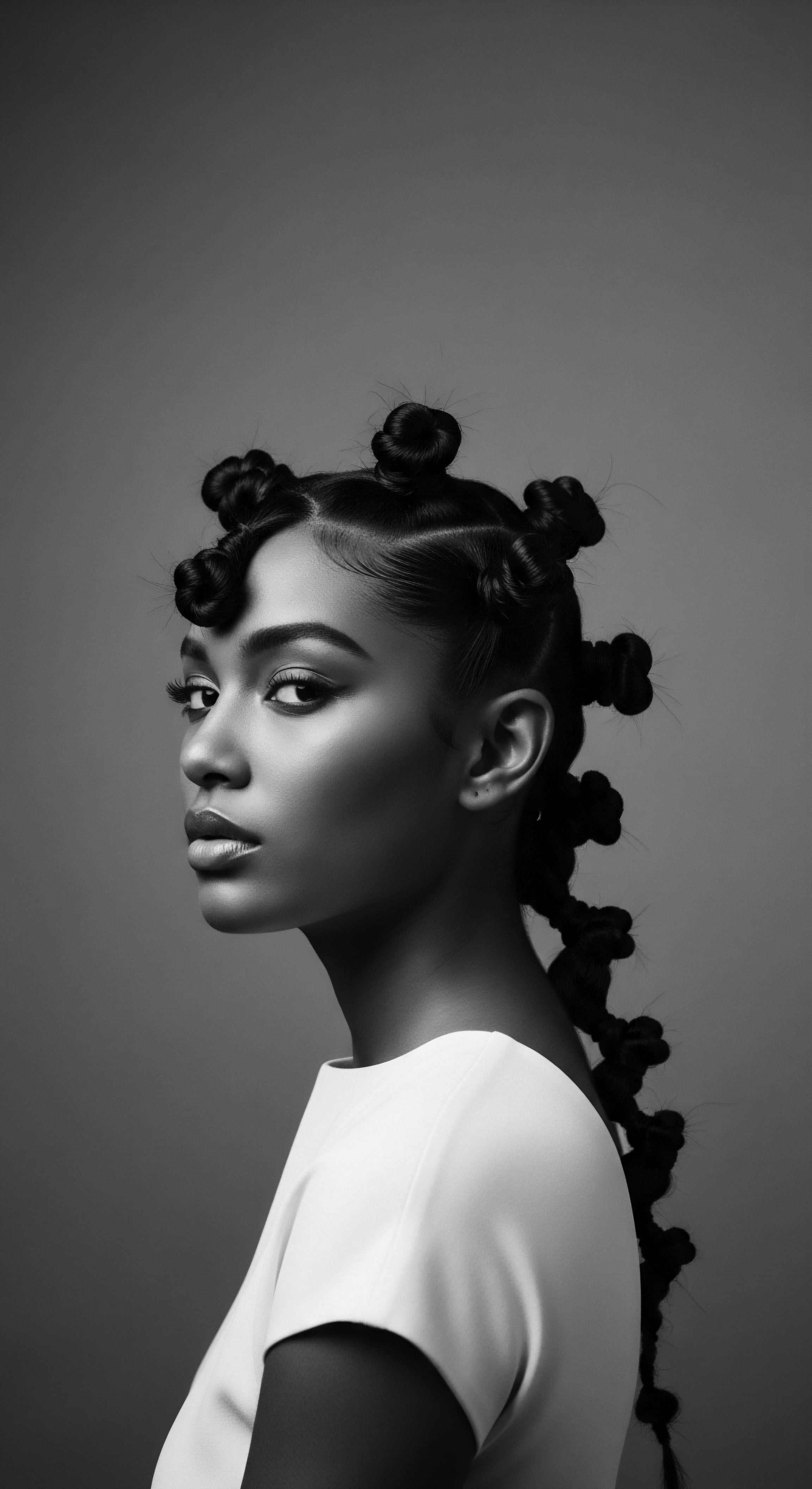
What ancestral wisdom guides the selection of natural oils for coily and kinky hair types?
Ancestral wisdom guides oil selection for coily and kinky hair through deep understanding of hair's needs and environmental resources.

